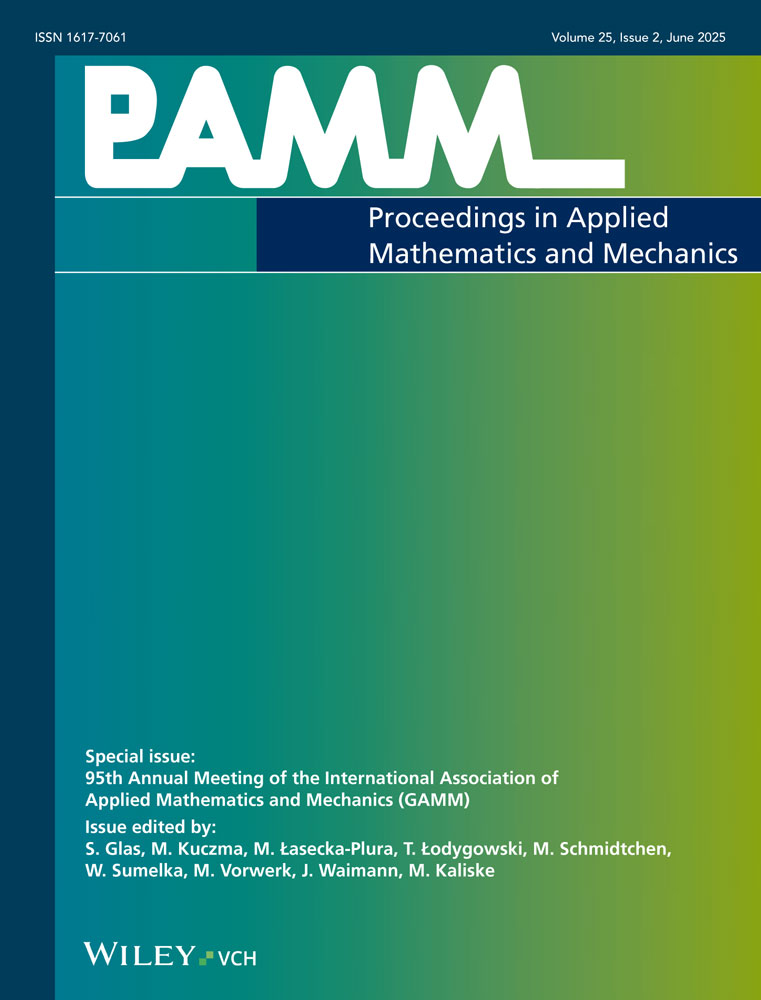Coupling atomistic and continuum models with nodes having translational and rotational degrees of freedom
Abstract
This paper deals with the coupling of atomistic simulations and nodes having translational and rotational degrees of freedom (dof). Especially the (non-)occurrence of boundary effects is a main issue of the following remarks. The presented approach is formulated within the finite element method and can be the groundwork for multiscale simulations, when coupled with continuum models. In particular, atomistic models can be coupled with continuum ones having translational and rotational dofs like beams and shells. After the introduction of the main ideas of the approach, it is applied to an atomistic chain. (© 2015 Wiley-VCH Verlag GmbH & Co. KGaA, Weinheim)




